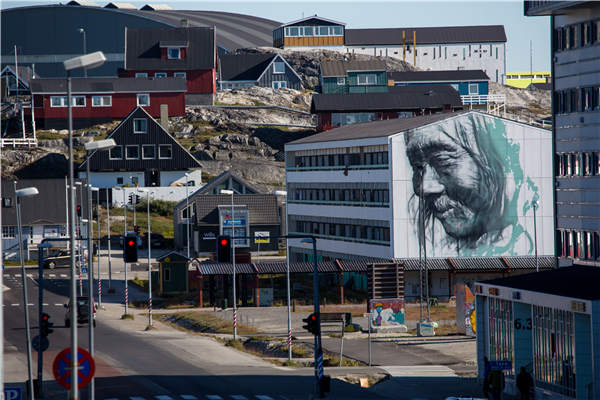Arctic life
 |
|
The streets of Nuuk, capital city of Greenland, with a population of 16,000. |
"Seal meat is the most delicious in the world," Salik is soon telling us.
He knows that the tour group, mostly white, retired Europeans who are civilized to a high sense of righteousness, may not be sympathetic to the idea of eating or wearing seal.
"We only kill what we need to eat," he says, noting that there are 3 million seals in Greenland waters. "Studies show that the population would be sustainable if we hunted 1 million per year, but 200,000 is enough for our needs."
He doesn't wear seal himself-"most people here don't", he says, though the hides of animals hunted for food are never wasted.
Promoting the fur culture is sensitive: Seal fur is banned in most of Europe and the Americas-to discourage unsustainable levels of hunting and the slaughter of seal pups-though the oh-so-soft fur is a luxe item in many parts of Asia.
Videos of bloody hunts stirred global outrage decades ago-and Salik is one of many Greenlanders in the capital eager to assure us that such hunts are not only sustainable but a key part of the indigenous culture.
There is, in fact, little else to eat on this vast remote island, which is why locals are so fond of the taste of seal, which outsiders usually find somewhere between bland and slightly unpleasant.
"We also hunt reindeer in a sustainable way," Salik says.
In fact, local officials say, the reindeer population is too big, posing a threat to the limited vegetation on the island.














